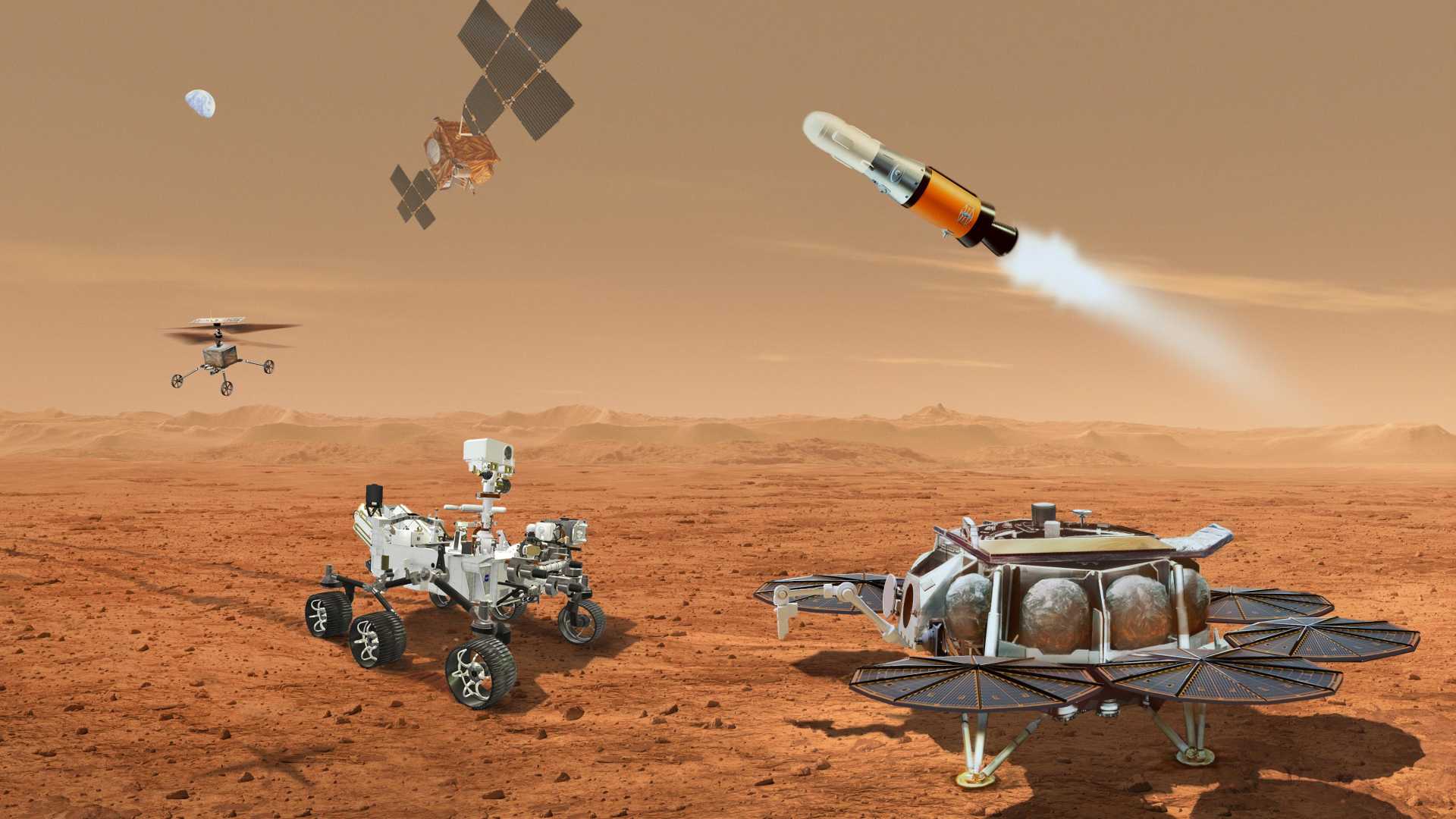Tech
NASA Revises Mars Sample Return Mission to Cut Costs and Timeline

NASA has unveiled revised plans for its Mars Sample Return mission, aiming to reduce costs and expedite the retrieval of Martian samples collected by the Perseverance rover. The mission, initially projected to cost $11 billion and return samples by 2040, is now exploring two alternative approaches to deliver an ascension vehicle to Mars, with a potential return date as early as 2035.
Outgoing NASA Administrator Bill Nelson announced the new strategy, which includes using either a sky crane system, similar to those used for the Curiosity and Perseverance rovers, or partnering with a private company to develop a lander. The ascension vehicle, which will carry 30 sample canisters, will launch the samples into space to be retrieved by a European Space Agency spacecraft for return to Earth.
“Pursuing two potential paths forward will ensure that NASA is able to bring these samples back from Mars with significant cost and schedule savings compared to the previous plan,” Nelson said in a statement. The sky crane option is estimated to cost between $6.6 billion and $7.7 billion, while the commercial alternative could range from $5.8 billion to $7.1 billion.
The mission’s importance lies in the potential scientific breakthroughs it could enable. Perseverance has been studying an ancient river delta on Mars, where it has collected rocks and soil that may contain evidence of past microbial life. “These samples have the potential to change the way we understand Mars, our universe, and – ultimately – ourselves,” Nelson added.
NASA is requesting $300 million from Congress this year to advance the mission. A final decision on the chosen approach is expected in the second half of 2026, under the next administration.












